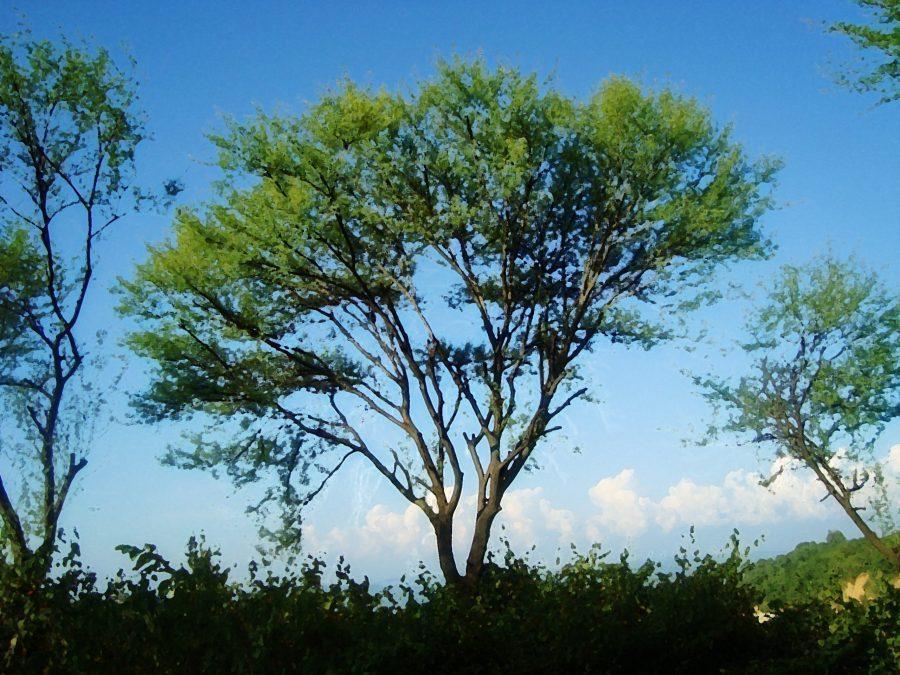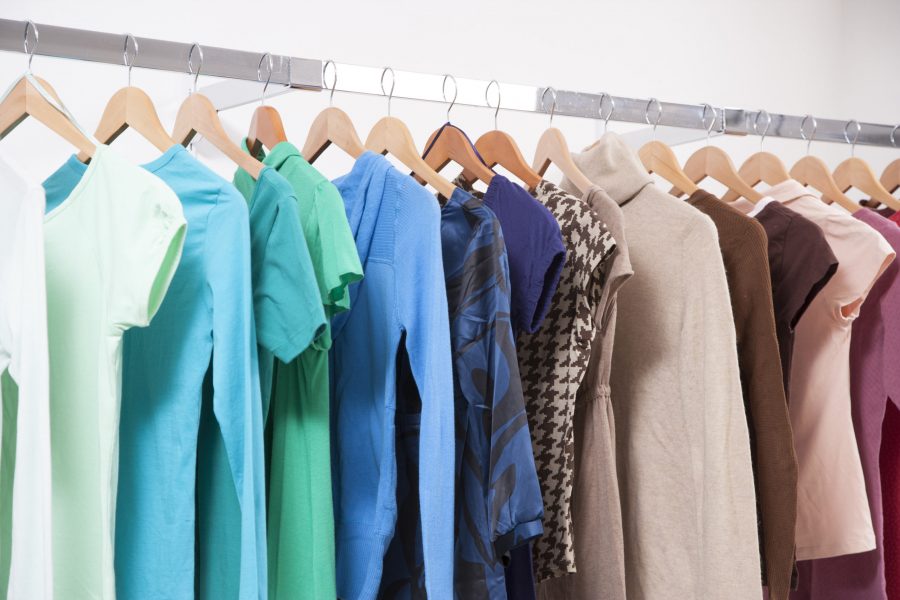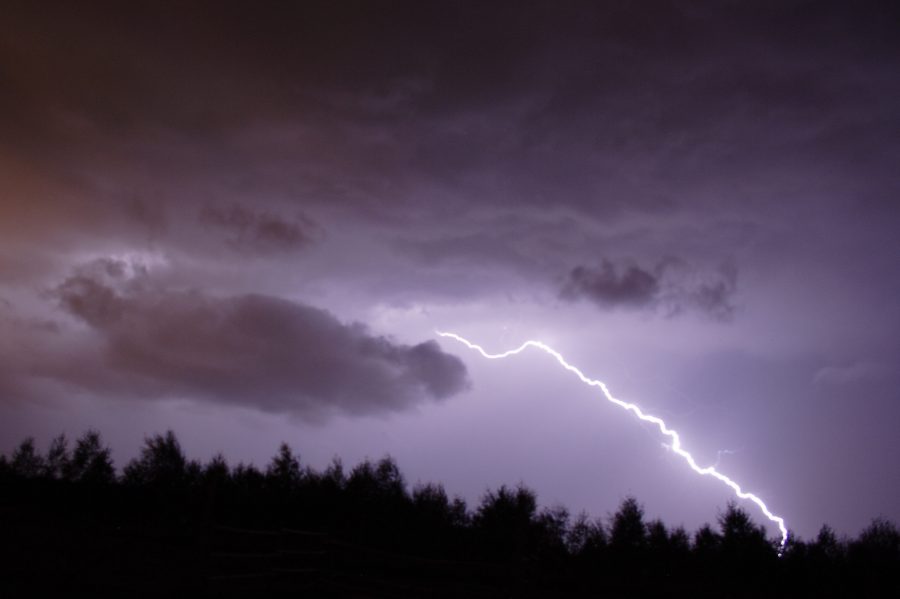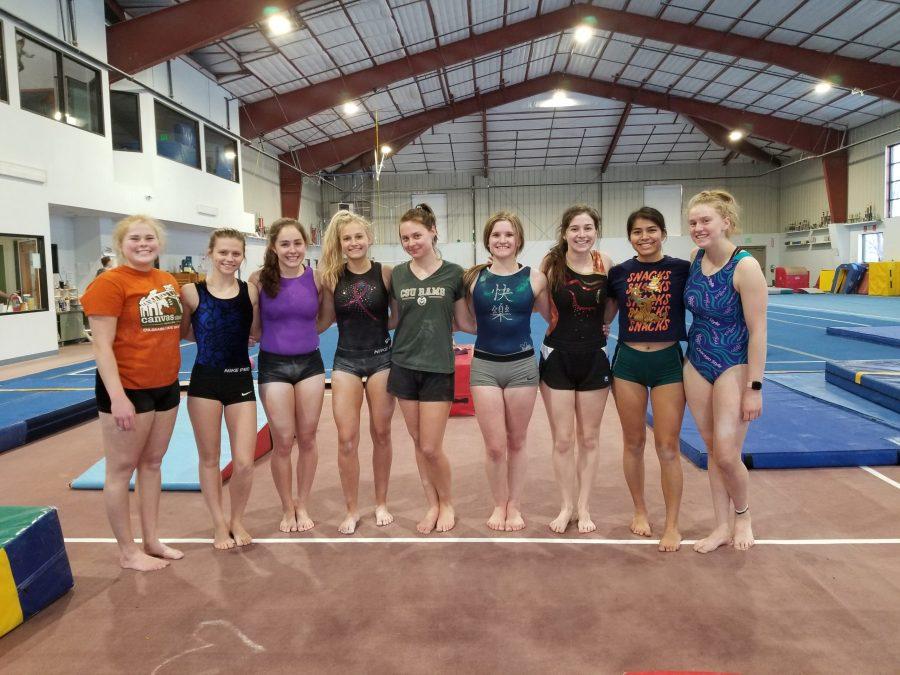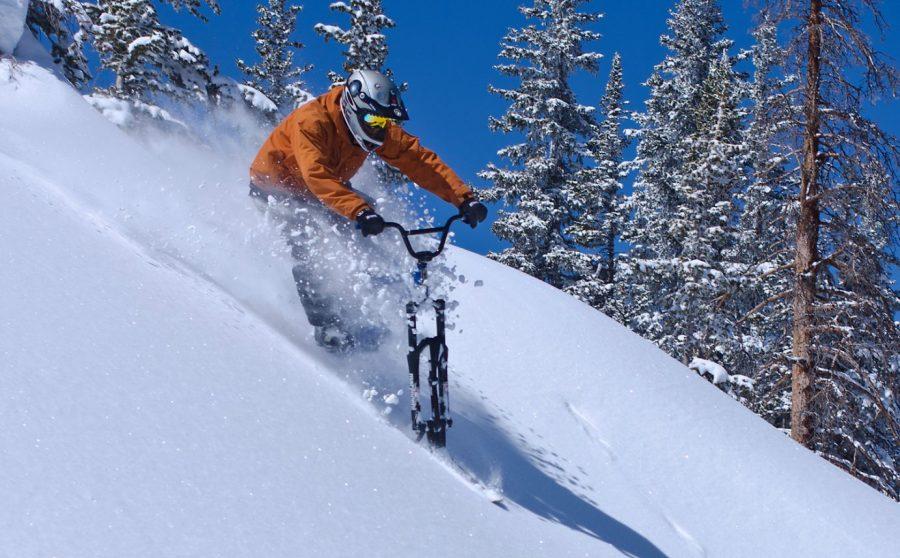Sponsored Content
By Anna von Pechmann
Ryan Dresser has been the co-owner and senior guide at Evergreen Wilderness Guides since Sept. 2018. Dresser has been climbing for 10 years and guiding for four seasons, coming up on his fifth. His favorite climbing spots include Eldorado Canyon, Colorado and Vedaauwoo, Wyoming. In May 2016, Dresser moved back to Colorado to pursue a career in the climbing industry. I spoke with him to hear about his experiences and thoughts about being a climbing guide.
Anna von Pechmann: How did you get to your positions at Evergreen Wilderness Guides?
Ryan Dresser: I actually bought into Evergreen Wilderness Guides. So Jack Riggi, my partner, he’s actually the one who founded Evergreen Wilderness Guides back in 2014. I worked for Jack for two seasons as a freelance guide. He needed some assistance with running and operating Evergreen Wilderness Guides, so I came in [as co-owner] September of 2018.
As a freelance guide, did you have shifts? How does that work?
Basically I was on-call. I was working for several different guiding companies during the summertime and whenever Jack would need assistance or if he couldn’t work a guiding tour, I’d go fill in for him.
What kind of certifications do you have to have to become a climbing guide?
- First and foremost you have to have your Wilderness First Responder Certification and that’s through NOLS [National Outdoor Leadership School].
- And then once you get your Wilderness First Responder, you can go take your SPI which is your Single Pitch Instructor Certification and that’s through the American Mountain Guide Association.
- And then once you get your SPI and WFR, you can start applying to companies.

How did you originally come up with the idea that you wanted to guide?
It’s funny I had actually moved down to Texas, to try and pursue a career in sales, and I realized that that wasn’t really the direction I wanted to go in my life. I realized that I wanted to move back to Colorado and climb rocks for a living. So I came back from Austin and took my WFR course, got my SPI and immediately started freelance guiding for all the companies that would basically give me work.
As you were getting your climbing guide experience, did you have any particular mentors?
You know, unfortunately I did not. Climbing mentorship is kind of a dying trade. A lot of people these days climb in the gym and just sort of use their friends as test-dummies more than anything. And the idea of mentorship in climbing is pretty rare these days.
If you look back into climbing history, like 40 or so years, pretty much all the great climbers had mentors. And that unfortunately is not necessarily the case these days.
So we learned through a lot of trial and error when I was first learning to climb. Once you get to the AMGA programs, and you start learning the standardized ways of doing things, you can get a really good idea of how to do things correctly.
Do you think that the climbing guide community serves as a kind of communal mentorship in a way?
Guiding now is more prevalent than it was say 30 or 40 years ago. I would say it definitely helps people get into outdoor climbing more. But I wouldn’t say it serves the same role as a mentorship.
Guiding is more like getting the fundamentals down, the gear you need, the core concepts you need.
Mentorship fills a different role because it’s usually somebody older taking in somebody younger and then taking them on these big climbs, exposing them to all these really kind of radical ideas, along with showing them all these core concepts along the way.
Could you give an example of a famous mentorship in climbing history?
Sure, the one that pops into mind immediately is “Mugs” Stump and Conrad Anker. Mugs was his mentor and he took him to all these incredibly wild places, showed him all these amazing techniques and tips and tricks and really fostered a positive attitude towards climbing for him.
A lot of people know who Conrad Anker is, through like the Reel Rock films and stuff like that, but not a lot of people know who Mugs was.
What’s the safest way for new climbers to get outside? Do you recommend a certain trajectory?
A lot of people think that climbing in the gym has to lead to outdoor climbing eventually and that’s not necessarily true.
But if your goal is to climb big mountains trad style, I’d definitely recommend:
- Reaching out to people in your community
- Talking to climbers who’ve done these things
- Talking to employees at the [climbing] gym, just to see what sort of resources are out there
- Taking as many free clinics as you can
- Hiring a guide is always great
What do you think guiding brings that people couldn’t learn from a gym employee or a friend?
Well I think the AMGA has kind of standardized, it’s stripped down a lot of climbing. A lot of people buy a lot of fancy gear that they might not necessarily need.
There’s a lot of myths about climbing about what’s safe and what’s not safe. The AMGA does research on this stuff to debunk some of these myths and so I think if you’re just climbing in the gym and just climbing with friends, you might not know whether some of these ideas and tactics are safe or not.
The AMGA has proven this, and they know these anchors are safe, this style of belay is safe, these things will work and if you do them consistently then you can consistently be safe.
So I think safety is a big part of that, standardization is a big part of that.
What’s your favorite part about being a climbing guide?
I love guiding, I feel like I’m definitely a people person and I really enjoy interacting with new people, new clients every time I go out and guide and learning how to teach new people how to sort of push them to their physical and mental boundaries while keeping them safe and happy.
I feel like I’m really good at that.
And it’s just the physicality of it too is what I really like, being outside, working with my hands.



